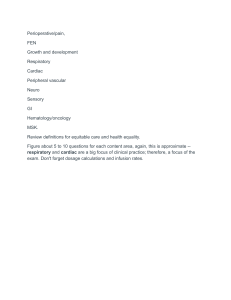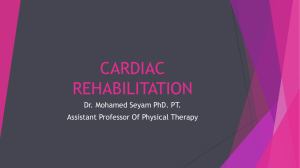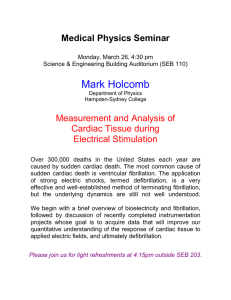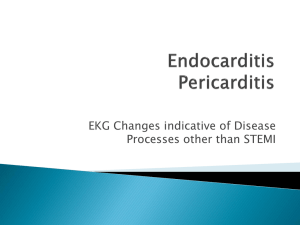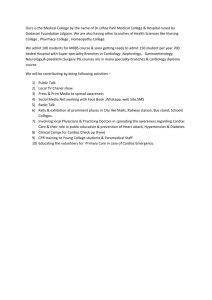LEMONS OR LYMES?
advertisement
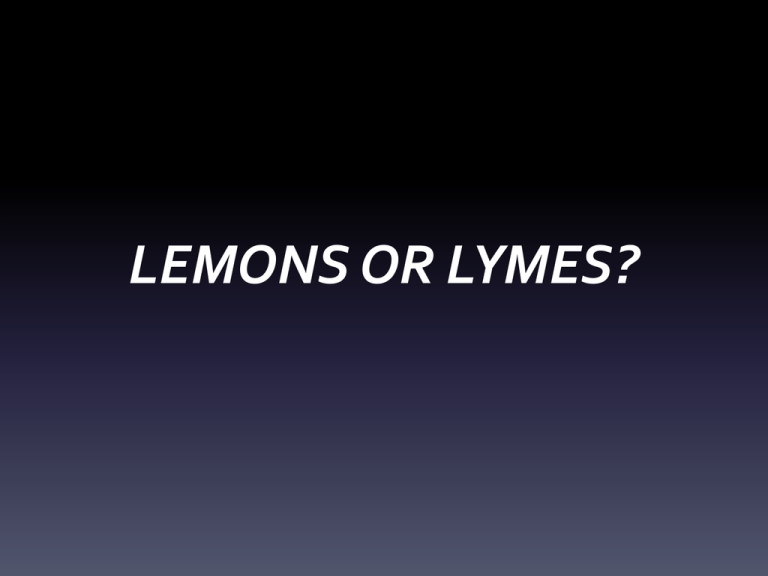
LEMONS OR LYMES? Learning Objectives • 1. Participants will be able to identify symptoms of Lyme Disease • 2. Participants will be able to determine if further work-up is required • 3. Participants will be able to recognize when it is possible that Lyme Disease is not the cause of the patient’s symptoms History • 1. known tick bite or rash • 2. flu-like illness during the summer • 3. onset of illness • 4. other evaluations (cardiac, neuro, neurosurg, ortho, rheumatology) & diagnoses • 5.tests performed (i.e. TSH, CBC with diff, CMP, imaging studies, EEG, EMG • 6. treatments (effective and ineffective) • 7. age (kiddos, elderly) Info you all ask for on a regular basis • Medication allergies • PMH • PSH • Current meds and supplements Review of Systems • General: fatigue, fevers, sweats • Head, eyes, ears, nose and throat: blurring of vision, tinnitus, photophobia, phonophobia • Neck: pain or stiffness • Lungs: shortness of breath, cough • Cardiac: palpitations, chest pain • Gastrointestinal: nausea, vomiting, diarrhea, constipation • Genito-urinary: urgency, frequency, testicular discomfort • Muscular-skeletal: myalgias and location; arthralgias and location • Neurological: paresthesias (location, type), h/a, dizziness (? ENT eval results) • Cognitive: Short-term memory loss, lack of concentration, word-finding difficulty Physical Exam • 1. General • 2. HEENT • 3. Neck • 4. Lungs • 5. Cardiac • 6. Abdominal • 7. M/S: strengths, ROM • 8. Neuro: DTRs, CN • 9. Mini-mental Closing • 1. Be honest. • 2. Offer advice. • 3. Remember that our patients have much to teach us.
